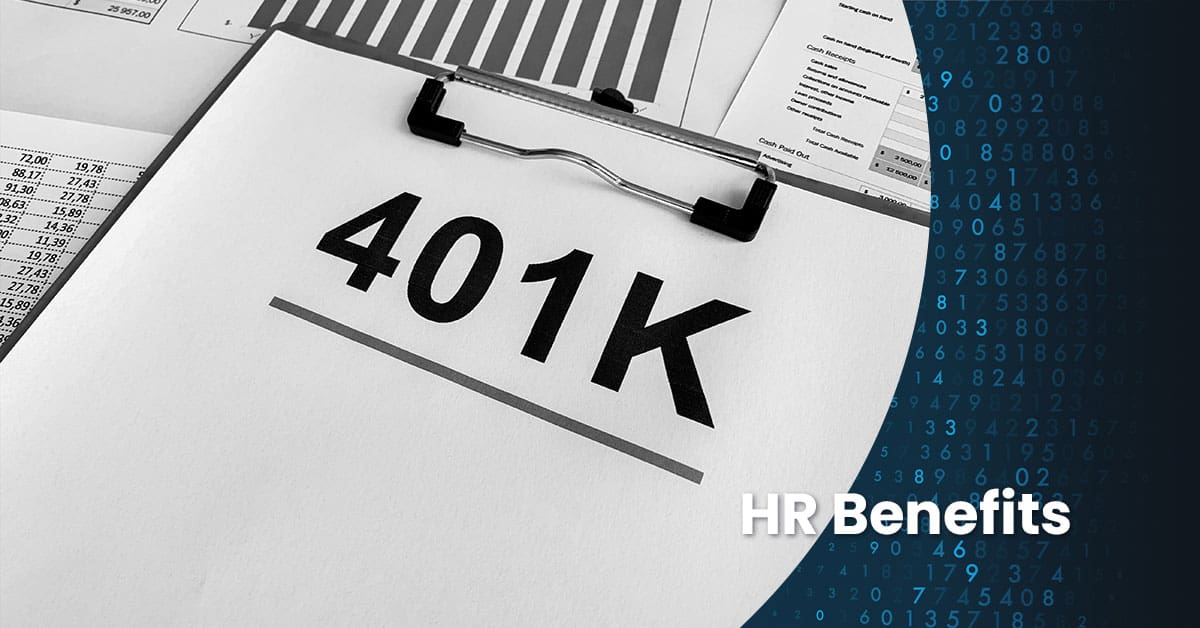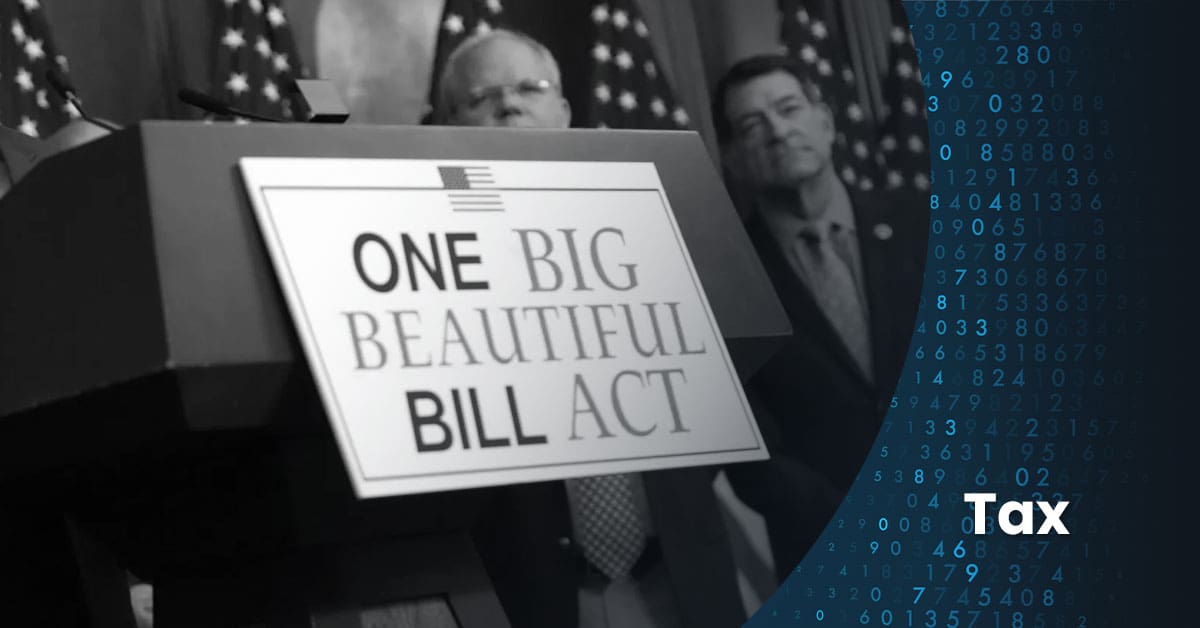The Tax Act 2025, also known as the One Big Beautiful Bill Act (OBBBA), has officially been signed into law. This groundbreaking legislation introduces some of the most significant tax reforms since the Tax Cuts and Jobs Act of 2017 (TCJA). From making previous tax breaks permanent to unveiling new benefits for individuals, families, and businesses, the 2025 Tax Act will undoubtedly impact millions of Americans.
This guide breaks down the key provisions, helping you understand how they might affect your taxes starting in 2025 and beyond. Whether you’re a taxpayer, business owner, or part of a family looking to maximize your benefits, here’s what you need to know.
Key Tax Changes at a Glance
Before diving into the details, here’s a quick overview of the primary changes enacted by the Tax Act 2025:
- Individual Tax Updates: Lower tax rates remain permanent, an enhanced standard deduction is introduced, and the Child Tax Credit expands significantly.
- Business Tax Provisions: Full expensing of domestic R&D returns, the Section 179 deduction limit increases, and the Qualified Business Income (QBI) deduction is made permanent.
- New Benefits for Workers and Families: Deductions for cash tips, overtime pay, and U.S.-assembled auto loan interest are introduced temporarily.
- Estate and Gift Tax Enhancements: The exemption threshold gets a major permanent boost.
Now, let’s break down these changes in greater detail.
Individual Tax Updates
Lower Tax Brackets Made Permanent
One of the most impactful developments is the permanency of the reduced tax brackets introduced under the TCJA. Starting in 2025, individual taxpayers will continue benefiting from the same brackets—10%, 12%, 22%, 24%, 32%, 35%, and 37%—with expanded income thresholds for joint filers to minimize the so-called “marriage penalty” by maintaining the brackets at twice the amounts for single taxpayers.
Cash Tips Deduction
Service industry employees can now deduct up to $25,000 annually in qualified reported tips for the 2025–2028 tax years. This benefit phases out for higher earners but provides meaningful savings for lower-income workers.
Overtime Pay Deduction
Similar to the tip deduction, workers may deduct up to $12,500 annually in overtime pay ($25,000 for married couples filing jointly) during the same 2025–2028 period. It is important to note that recent IRS guidance provides that only the pay that exceeds the regular rate of pay – such as the “half” portion of “time-and-a-half” – qualifies for the deduction. Again, this provision phases out for higher earners.
U.S.-Assembled Auto Loan Interest Deduction
For taxpayers purchasing new, U.S.-assembled vehicles, car loan interest up to $10,000 will be deductible. This benefit, available for 2025 through 2028, also phases out for higher-income taxpayers. (Lease payments do not qualify.)
Enhanced Standard Deduction
The standard deduction increases significantly:
- Married couples filing jointly: $31,500
- Heads of household: $23,625
- Single filers: $15,750
These increases will reduce taxable income for millions of filers who do not itemize.
Expanded Child Tax Credit
The Child Tax Credit is now more valuable and permanent:
- Per qualifying child: Increased from $2,000 to $2,200 for 2025, with annual inflation adjustments starting in 2026.
- Credit for other dependents: The $500 credit remains unchanged and will not be adjusted for inflation.
However, eligibility has been tightened. Both the taxpayer and the child must have valid Social Security numbers to claim the credit.
State and Local Tax Relief
The tax act 2025 temporarily raises the SALT deduction cap from $10,000 to $40,000, with 1% annual increases on the cap through 2029. However, the deduction phases out for taxpayers with modified adjusted gross income over $500,000, but never below $10,000. The cap reverts to $10,000 in 2030, making this a short-term provision.
Senior Deduction
Taxpayers aged 65 or older can claim an additional $6,000 deduction per person, on top of the existing standard deduction for seniors under existing law. This applies to both itemizers and non-itemizers but phases out for modified AGI over $75,000 ($150,000 for joint filers). To qualify, individuals must be 65 by year-end, include their SSN on the return, and file jointly, if married.
Pease Limitation Repealed
Starting in 2026, the old Pease limitation—which reduced itemized deductions for high earners—is back but with a twist. In its place, a new rule slightly reduces itemized deductions for top-income taxpayers. If you earn above the 37% tax bracket, your itemized deductions could be slightly reduced.
Importantly, this new rule doesn’t affect the deduction for qualified business income (QBI), which remains fully available.
Limitation on Mortgage Interest Deduction
The new law permanently sets the mortgage interest deduction limit at $750,000 for home acquisition debt. It also permanently treats certain mortgage insurance premiums on acquisition indebtedness as qualified residence interest.
Miscellaneous Itemized Deductions Eliminated – But Teachers Still Qualify
Starting in 2026, most miscellaneous itemized deductions—like investment fees, unreimbursed business expenses, and tax prep costs—are permanently eliminated under the new tax law.
However, there’s a key exception: educator expenses are no longer treated as miscellaneous deductions. Instead, they’re now fully deductible for itemizers under a new rule that expands what qualifies. This includes a broader range of classroom supplies/activities and now covers coaches and sports staff as well.
New Limits on Charitable Deductions Starting in 2026
The new tax law introduces two key changes for individuals who itemize charitable contributions:
New 0.5% AGI Floor:
Starting in 2026, you can only deduct charitable contributions that exceed 0.5% of your adjusted gross income (AGI). For example, if your AGI is $100,000, only donations above $500 would count toward your deduction.
60% Limit Made Permanent:
The rule allowing you to deduct up to 60% of your AGI for cash donations to qualified charities is now permanent.
Charitable Deductions for Non-Itemizers
New Limits on Charitable Deductions Starting in 2026, taxpayers who don’t itemize can deduct up to $1,000 ($2,000 for joint filers) in cash donations to qualified public charities. This new below-the-line deduction reduces taxable income.
Business Tax Provisions
Immediate Expensing of Domestic R&D
Businesses investing in domestic research and experimentation (R&E) are now able to deduct those expenses fully in the year they are incurred. This provision permanently reverses the TCJA’s former mandate requiring R&E costs to be amortized over multiple years. However, foreign R&E expenses must still be amortized over 15 years. In addition, taxpayers will have the ability to fully deduct the R&E costs capitalized under the TCJA, in either 1 or 2 years. Some small taxpayers will have the ability to retroactively deduct these costs.
100% Bonus Depreciation Restored
Bonus depreciation allows businesses to deduct the cost of eligible assets entirely in the year they are placed in service. Reinstated under the new law, this incentive encourages investments in property and equipment. This will begin for assets placed in service after January 19, 2025.
Business Interest Deduction returns to EBITDA Based Limitation
Starting in tax year 2025, the OBBBA restores the add-back for depreciation, amortization, and depletion when calculating Adjusted Taxable Income (ATI). This effectively reverts the interest deduction limitation to an EBITDA-based formula, rather than the more restrictive EBIT-based formula that applied from 2022 to 2024.
Section 179 Deduction Limit Increased
Small and mid-sized businesses benefit from an increase to the Section 179 expensing limit:
- New cap: $2.5 million
- Phase-out threshold: $5 million
This makes it more feasible for businesses to invest in new equipment and software.
Qualified Business Income (QBI) Deduction Made Permanent
The 20% deduction for pass-through business income—such as sole proprietorships, partnerships, and S corporations—is now a permanent fixture, ensuring ongoing tax relief for small business owners.
Qualified Production Property – 100% expensing
The bill allows businesses to claim a 100% first-year depreciation deduction for the adjusted basis of Qualified Production Property placed in service in the U.S. This applies to nonresidential real property used as an integral part of manufacturing, production or refining of tangible personal property. Construction must begin after January 19, 2025, and before Jan 1, 2029 and be placed in service before January 1, 2031. This means companies can fully expense the cost of eligible facilities in the year they are placed into service, significantly reducing taxable income.
International Tax Changes
Several significant changes to U.S. international tax rules will impact your business operations abroad starting in 2026.
- The Global Intangible Low-Taxed Income (GILTI) regime has been rebranded as Net CFC Tested Income (NeCTIe), with key modifications: the exclusion for a 10% return on tangible assets (QBAI) has been repealed, the Section 250 deduction has been reduced from 50% to 40%, and the allowable foreign tax credit has increased from 80% to 90%. These changes may increase your U.S. tax liability if your foreign subsidiaries hold significant depreciable assets.
- Foreign-Derived Intangible Income (FDII) regime is now called Foreign-Derived Deduction Eligible Income (FDDEI), with a reduced deduction rate of 33.34% (down from 37.5%), slightly raising the effective tax rate on qualifying export income.
- The OBBBA also increases the Base Erosion and Anti-Abuse Tax (BEAT) tax rate, reinstates Section 958(b)(4), simplifying controlled foreign corporation (CFC) determinations, and permanently extends the CFC look-through rule.
For a more detailed discussion on these and other international tax provisions impacted by OBBBA, refer to our recent blog. These updates will require a fresh look at your international tax planning strategy to ensure continued tax efficiency and compliance under the new framework.
Estate and Gift Tax Enhancements
The federal estate and gift tax exemption receives a permanent boost. Starting in 2026, the basic exclusion amount will rise to $15 million per person, ($30 million for a married couple) indexed for inflation using 2025 as the base year. This change permanently eliminates the previously scheduled reduction under the 2017 Tax Cuts and Jobs Act (TCJA), which was set to take effect on January 1, 2026. The same increased exemption also applies to the generation skipping transfer (GST) tax exemption.
Potential Impacts on Stakeholders
Individuals and Families
Families with children stand to benefit greatly from the expanded Child Tax Credit and increased standard deductions. Likewise, workers in industries with high tipping and overtime rates could see their taxable income decrease due to new deductions, providing some financial relief.
Small Businesses and Entrepreneurs
The permanency of the QBI deduction, along with increased Section 179 limits, incentivizes investments in equipment and future business growth. Immediate expensing of R&D costs also removes barriers for companies focused on innovation.
High-Earners and Estate Planners
For high-net-worth individuals, the expanded estate and gift tax exemptions present a critical opportunity to transfer wealth with reduced tax burdens. However, temporary provisions like the SALT deduction changes may have limited benefits for this segment.
Final Thoughts and Recommendations
The 2025 Tax Act represents a substantial reshaping of the tax landscape for individuals, families, and businesses alike. To make the most of these changes:
- Review your tax strategy: Consult your tax professional to understand how specific provisions apply to you or your business.
- Plan for temporary changes: Take advantage of new deductions, such as cash tips and overtime pay, while they’re available.
- Leverage estate planning opportunities: High-net-worth individuals should act swiftly to utilize the increased exemptions before future legislative changes.
Navigating these updates can feel overwhelming, but understanding the key provisions to the tax act 2025 ensures you’re well-prepared to optimize your financial outcomes. Reach out to our experts at Wiss to strategize your tax planning under the OBBBA.





 Previous
Previous






